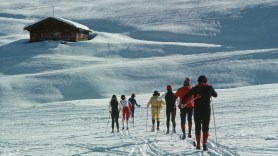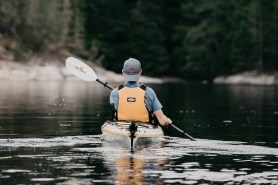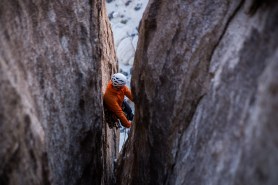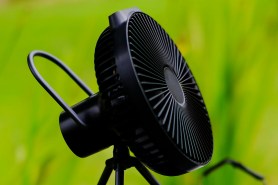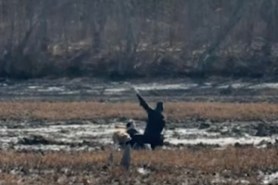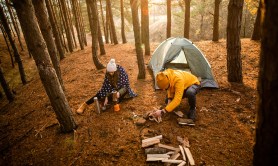

Bears are some of the most misunderstood animals in the wild, and the mere thought of their presence is often enough to strike fear into the hearts of hikers. That’s likely thanks—at least in part—to books, movies, and news stories about negative encounters that are often sensationalized and blown out of proportion, causing many outdoor lovers to develop a skewed perception of the oft-misrepresented omnivores.
Videos by Outdoors
Fortunately, once you separate fact from fiction, myth from truth, bruins become far less fearsome. With the right knowledge and preparation, you can better enjoy your time outdoors in bear country.
Here are seven myths Tom Smith, bear biologist and professor of wildlife sciences at Brigham Young University, says you need to stop believing.
MYTH 1: Bears are aggressive and unpredictable, so there’s nothing you can do to prevent an encounter.

Many people are under the impression that bears are born killers—aggressive, angry, and ready to strike down two-legged intruders at a moment’s notice and even seeking out encounters where they can assert their dominance. On the contrary, explains Smith: “Bears are very risk-averse. They don’t take risks that they don’t need to.”
Translation: Much like (most) humans, survival is of the utmost importance to a bear. They don’t strike at random just for fun. In fact, studies show that most encounters are defensive, not offensive. Bears are rarely predatory toward humans—bipeds aren’t on their list of dietary preferences—and that’s good news, because it means most encounters are largely avoidable.
Smith and his colleagues have examined thousands of human-bear encounters and the common thread is people doing things—often unwittingly—that have predisposed bears to conflict. He explains that the best strategy is to go into bear country prepared. Know how to avoid encounters, how to store your food properly, where to set up camp, and always carry bear spray.
MYTH 2: Bears can’t climb trees.
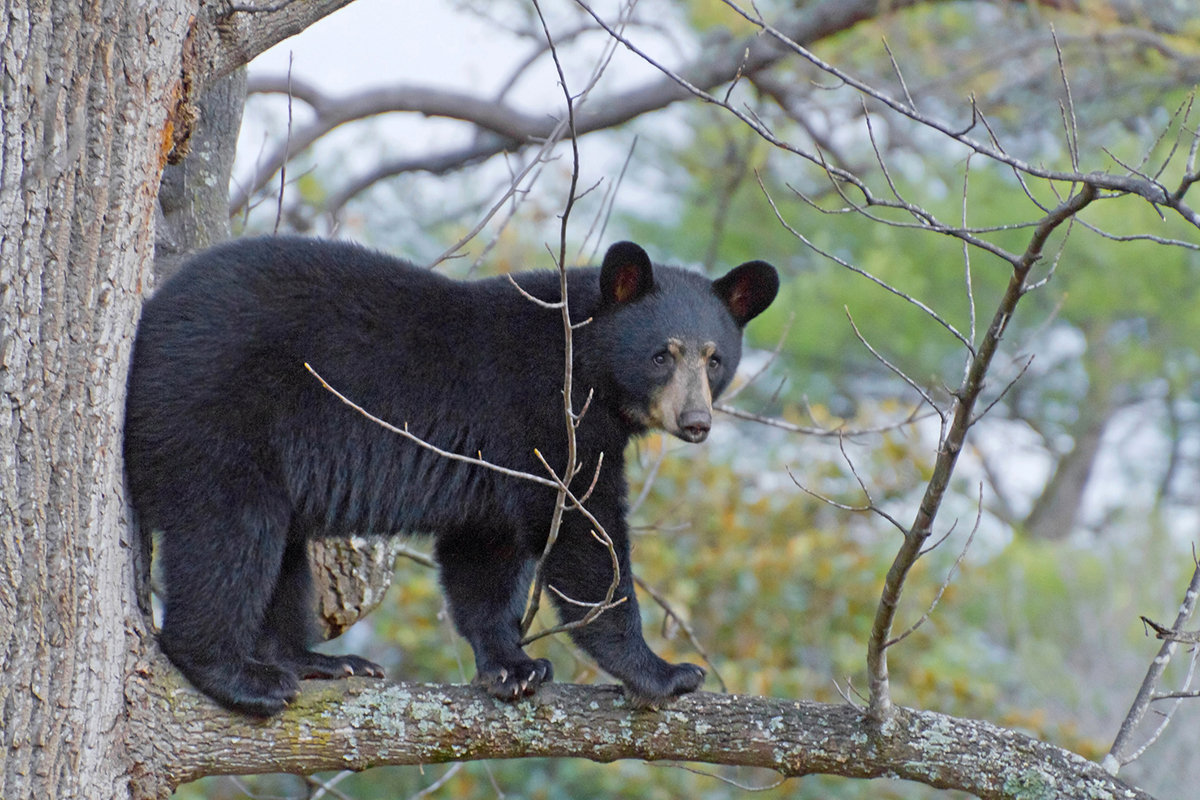
Despite plenty of photos of adorable bear cubs perched high in pine branches, many people are still under the impression that bears can’t climb trees. The truth is both black and brown bears are excellent climbers. While black bears are certainly better at it and are born with claws perfect for the task, Smith has seen grizzlies comfortably positioned 40 feet off the ground.
So don’t try to scurry up a tree to escape a bear that’s already spotted you—chances are, you can’t scurry high enough before it swats you down or speedily follows you into the boughs.
MYTH 3: Bear bells are the best way to let bears know you’re coming.
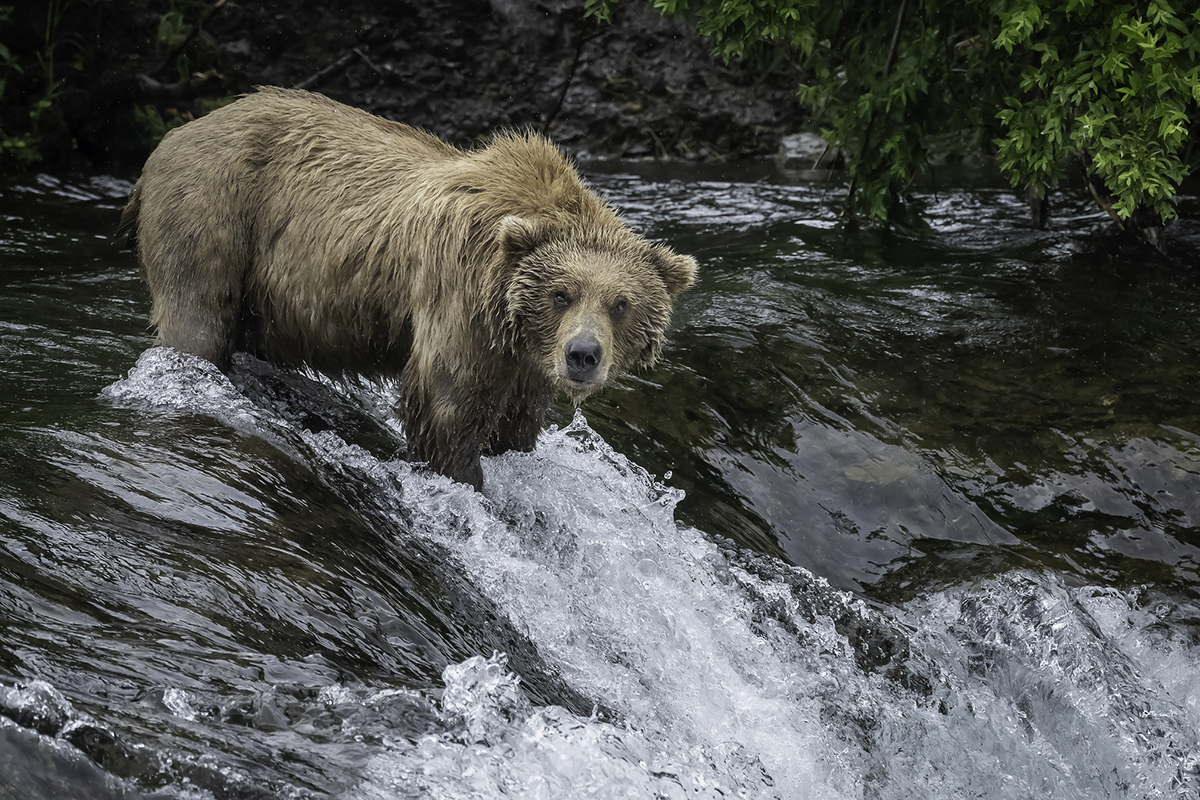
While some bears have been shown to respond to bells in some places, studies show that on the whole, bells have little effect when it comes to alerting bears to human presence. They’re not likely to send bears packing before you get to the next bend in the trail.
What works much better is loud human voices. Instead of trusting bear bells, hike in a group and speak loudly to each other. Every once in a while, you can call out, sing, or quote your favorite movie lines to deter bears from sticking around. (Don’t forget to project.)
MYTH 4: Guns are as effective as, or better than, bear spray.
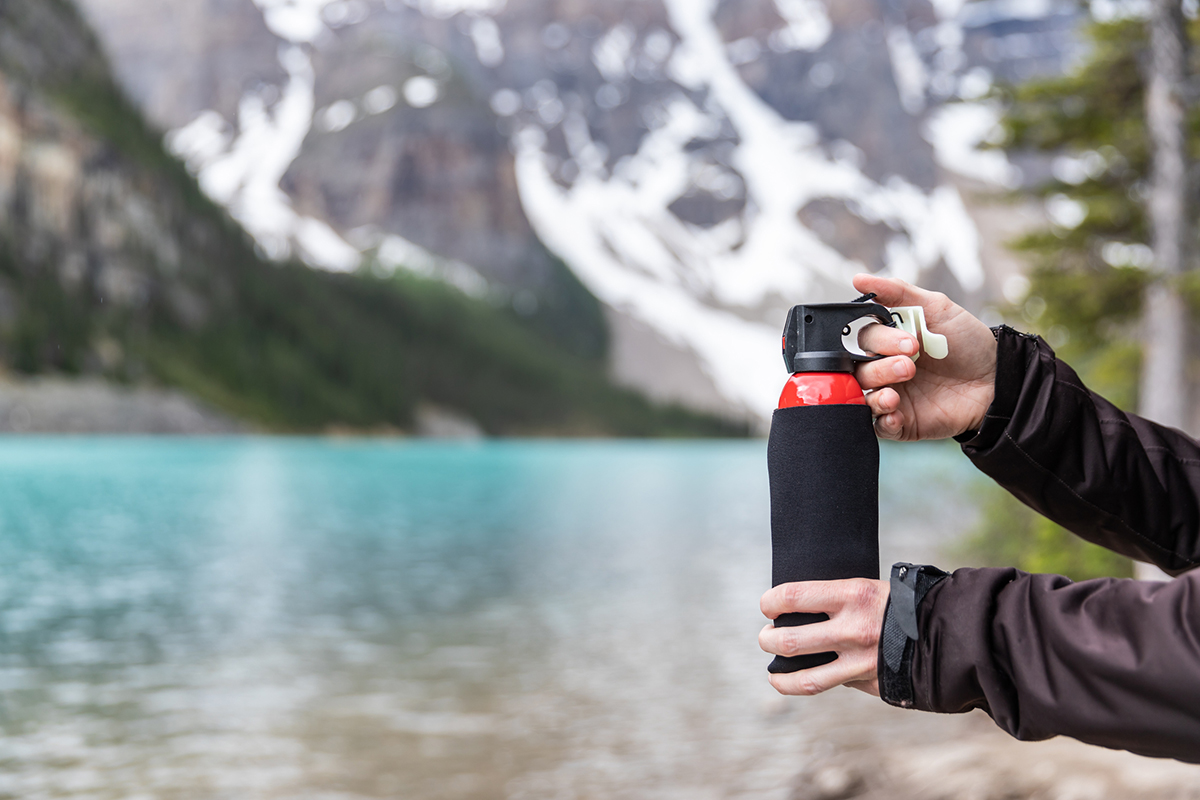
If you’re tempted to carry a firearm into the wilderness to stop a bear attack, think twice before choosing a gun over bear spray. Smith and fellow bear expert Stephen Herrero discovered that those who used firearms suffered the same injury rates in close encounters with bears whether they used their firearms or not. This is largely because most people don’t make a kill shot on the first try. Far more people have success using bear spray.
While firearms can be highly effective in the hands of some people, most people don’t have the training to effectively take down a bear. After all, you have to be accurate with a moving target, comfortable making a decision in a split second to shoot and possibly kill a large animal, and do it all while a bear is charging directly at you.
“It takes a lot of skill to take out a massive animal when you’re frightened,” Smith says, even if you’re a good marksman and comfortable using a firearm.
What does work and doesn’t require nearly as much skill, confidence, or quick decision-making abilities? Bear spray.
“And it works well,” Smith says. He reiterates that no matter what you choose to carry: “Do not go into bear country without a deterrent. You have no business in bear country unless you have a way to tell them no.”
MYTH 5: You shouldn’t hike in bear country if you’re menstruating.

If you’re on your period, don’t believe the myth that you’ll attract bears; there’s simply no evidence to suggest this is true. And yes, studies have been conducted. So don’t let menstruation stop you from exploring outdoors.
MYTH 6: You don’t have to worry about bears in the winter.
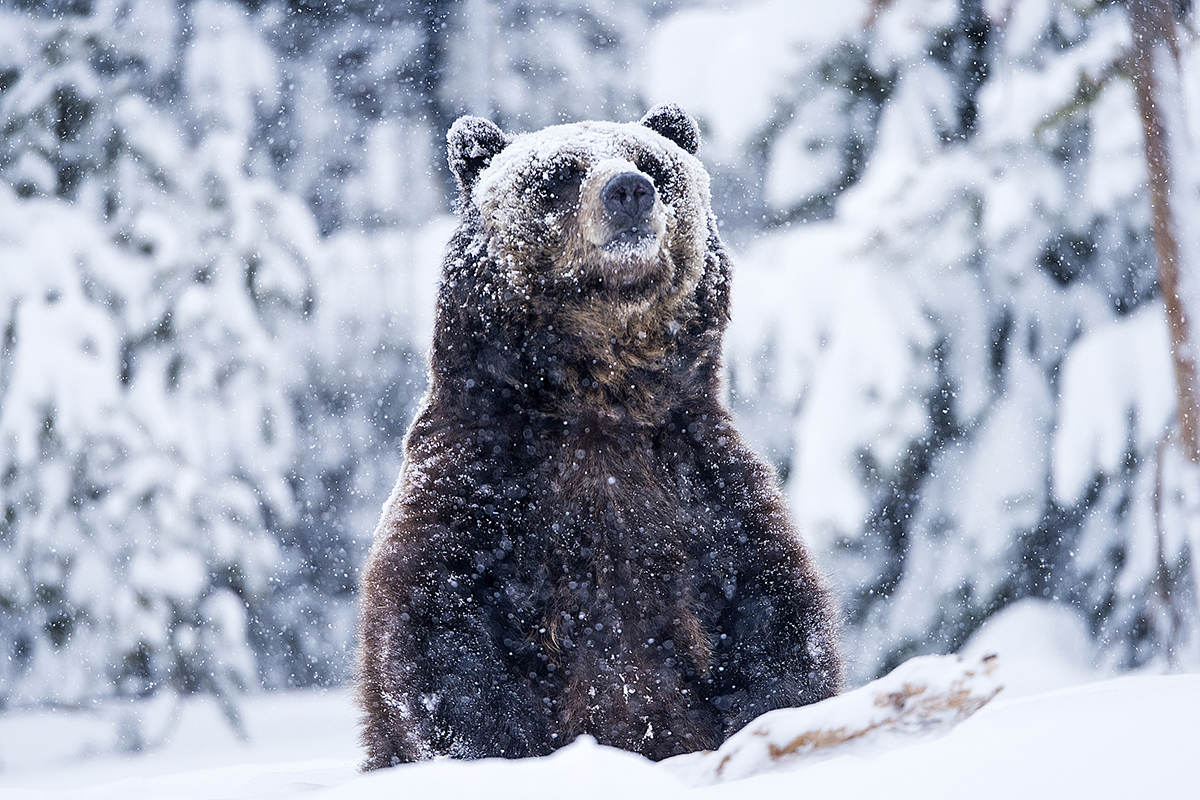
While bears do enter torpor or “winter sleep,” it’s not the deep, three-month-long slumber you may associate with true hibernation, and bear attacks can occur—and have occurred—year-round. That’s because grizzly bears often hunker down in very shallow dens and can be roused from sleep quite easily. If bears have access to an abundant food source all winter, they may not enter winter sleep at all.
Smith advises that you still carry bear spray and store your food properly, even in colder months. Don’t let your guard down just because there’s snow on the ground.
MYTH 7: Bears don’t see that well.

Most people are aware that a bruin’s sense of smell is spectacular, but some are under the impression that their eyesight is deplorable. That’s a dangerous myth to believe if you’re counting on an animal not seeing you hiding behind a bush or attempting to avoid an encounter by standing still.
Studies suggest that bears’ eyesight is at least as good as humans’ eyesight during daylight hours. Like humans, though, bears don’t have night vision, so there is evidence that they don’t see quite as well after the sun goes down.


